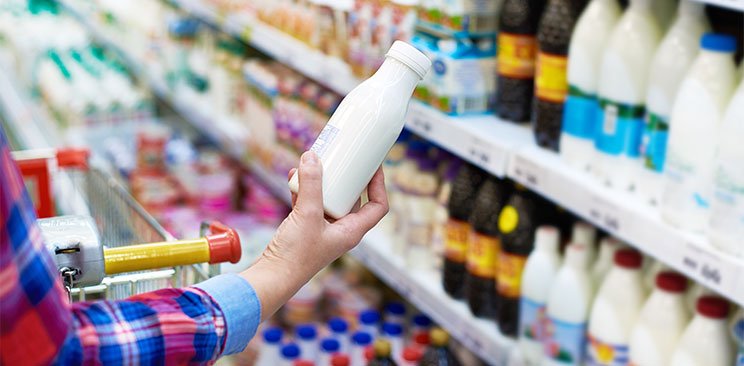Global measurement company Nielsen, and medical research company The George Institute, have commenced a new relationship that enables Australian grocery brands to better understand the impact of nutritional information on food packs, such as sugar, protein, fat, calories and recommended serving size.
The relationship will provide never-before-seen data and insights on 100 key categories, including health star ratings and core nutritional information such as sugar content and gluten free. The new data is now available through Nielsen’s Scantrack and Homescan products.
Nielsen research shows that health education, coupled with more availability of healthier product alternatives, is driving Australians to buy more health-related groceries, including low or alternate sugar options. As shoppers become more health conscious, both retailers and manufacturers are working to respond to these needs.
Nielsen’s Director of Food Analytics Sarah McKee says health and wellness aspirations are increasingly influencing shopper grocery behaviours.
“Making this new information available to our clients enables them to have a competitive advantage,” she said. “It helps them understand which brands and categories are more influenced by health-related information so they can attract new buyers and retain shoppers that may be looking to make a switch to suit their healthier aspirations.”
No/low sugar agenda
Preview information from the combined Nielsen and The George Institute data indicates that consumers are already showing changed buying habits when it comes to sugar-heavy products. Nearly three-in-10 Australians are very concerned about sugar consumption. The households most concerned about sugar consumption are those with people aged 55 or older and small households of singles or couples without children. Females (37 per cent) are more sugar conscious than males (33 per cent). The concern is highest in major cities, especially Melbourne and Perth.
Increasingly, consumers are willing to pay higher prices for low-sugar products. More than one fifth of sugar-concerned Australian consumers are willing to pay more for low-sugar products. The trend towards lo- sugar products appeals to an older audience, while health claims such as organic, gluten free and lactose free appeals to younger demographics.
In addition, savoury biscuits, dairy dips, sparkling juices, yoghurt and nutritious snacks have seen a growing consumer preference for low-sugar products. For instance, in 2017, the nutritious snacks category has seen incremental growth, with 10 per cent more shoppers choosing low-sugar muesli bars.
“Looking across categories we see many areas for growth in low-sugar and nutritionally beneficial offerings,” Ms McKee said. “With consumers being ready and willing to buy and increasingly pay more for healthier alternatives, the time is right for consumer-led product development in this area.”




